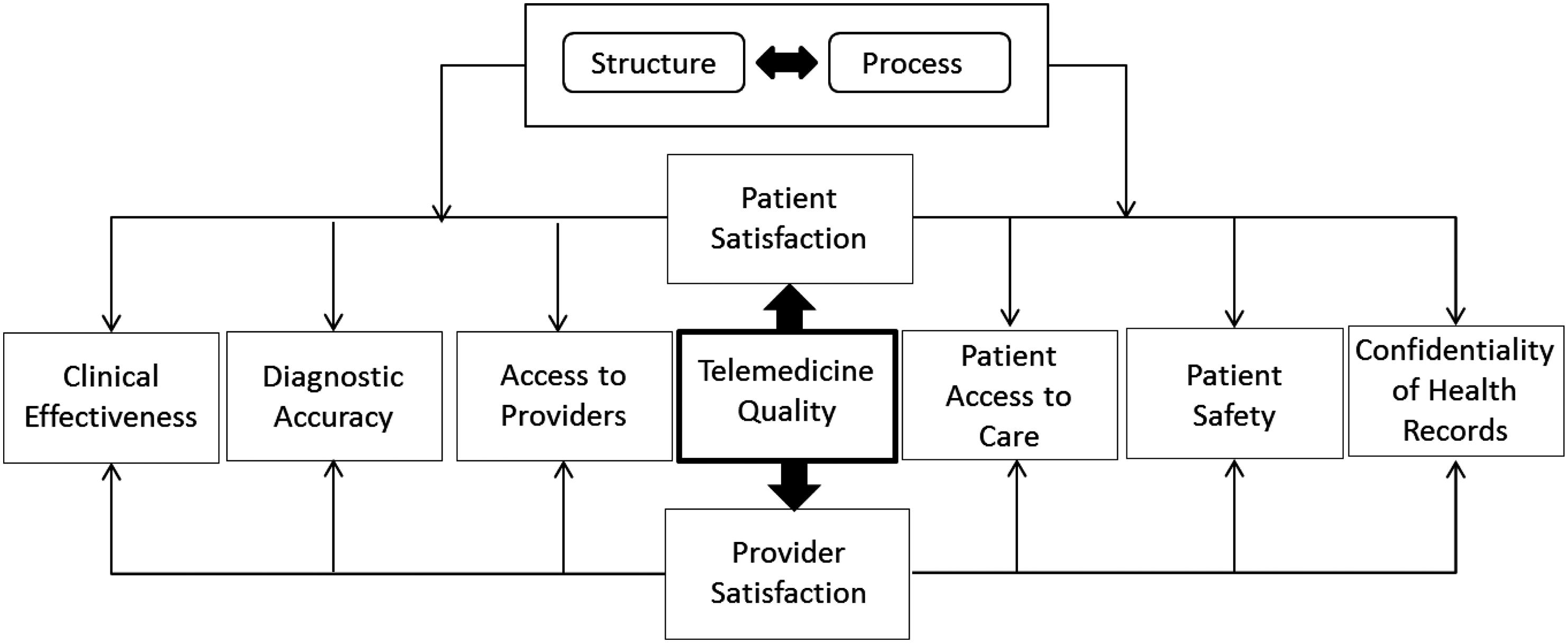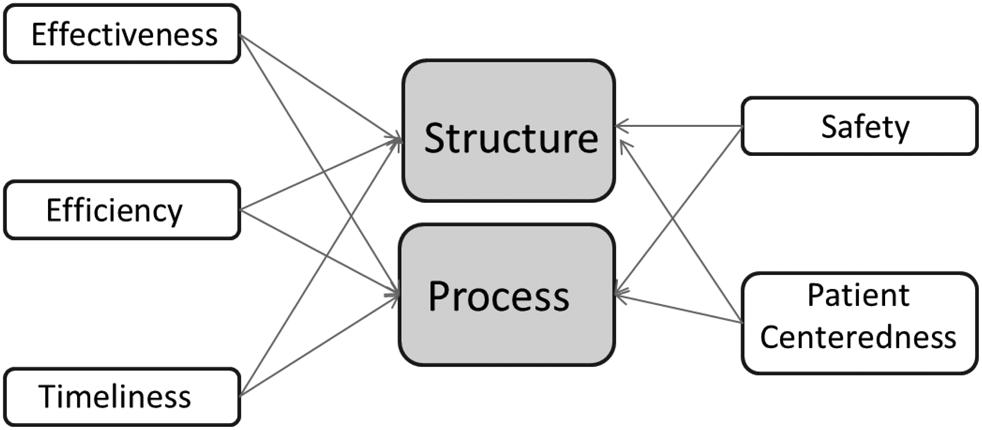
1 minute read
Patient-Centeredness and Structure
limitations), maximizing supports (access to family, friends, familiar home environment, nurses, and other care providers), and tailoring specific eHealth systems to enhance patient and family needs. Their study indicates that video telehealth is an effective mechanism for delivering nursing and other health services to rural and remote communities and can ameliorate the quality of healthcare. Hence, the integration of telehealth practices can enhance the coordination, organization, and implementation of healthcare services.
In a study on the effectiveness of physician-patient communication, Agha et al. (2009) state that the quality of physician-patient communication is a critical factor influencing treatment outcomes and patient satisfaction with their care. To date, there is little research to document the effect of telemedicine on physician-patient communication. In the study by Agha et al., they measured and described verbal and nonverbal communication during clinical telemedicine consultations and compared telemedicine with in-person consultations concerning the quality of physician-patient communication. The study’s findings indicate differences between telemedicine and in-person consultations in terms of physician-patient communication style. The researchers suggest that, when comparing telemedicine and in-person consultations in terms of physician-patient communication, telemedicine visits are more physician-centered, with the physician controlling the dialogue and the patient taking a relatively passive role. They called for further research to determine whether these differences are significant and whether they have relevance respecting health outcomes and patient satisfaction with care. While the debate continues over the effectiveness and outcomes of telemedicine, there are researchers on both sides of the debate.
Advertisement
Patient-Centeredness and Structure
The intersection between patient-centeredness and structure is both vital and challenging. An adequate structure is necessary to support an effective telemedicine environment. One aspect of structure that raises concerns for telecommunications professionals is data security. In the United States and Germany, there have been significant advancements in these areas. Heydenreich et al. (2009) note that data security must be considered seriously in the context of telemedical home monitoring because of the transmission and communication of patients’ personal data. The contract governing medical treatment allows an ophthalmologist to process all data relevant to treatment. In Germany, the legal framework for this purpose





